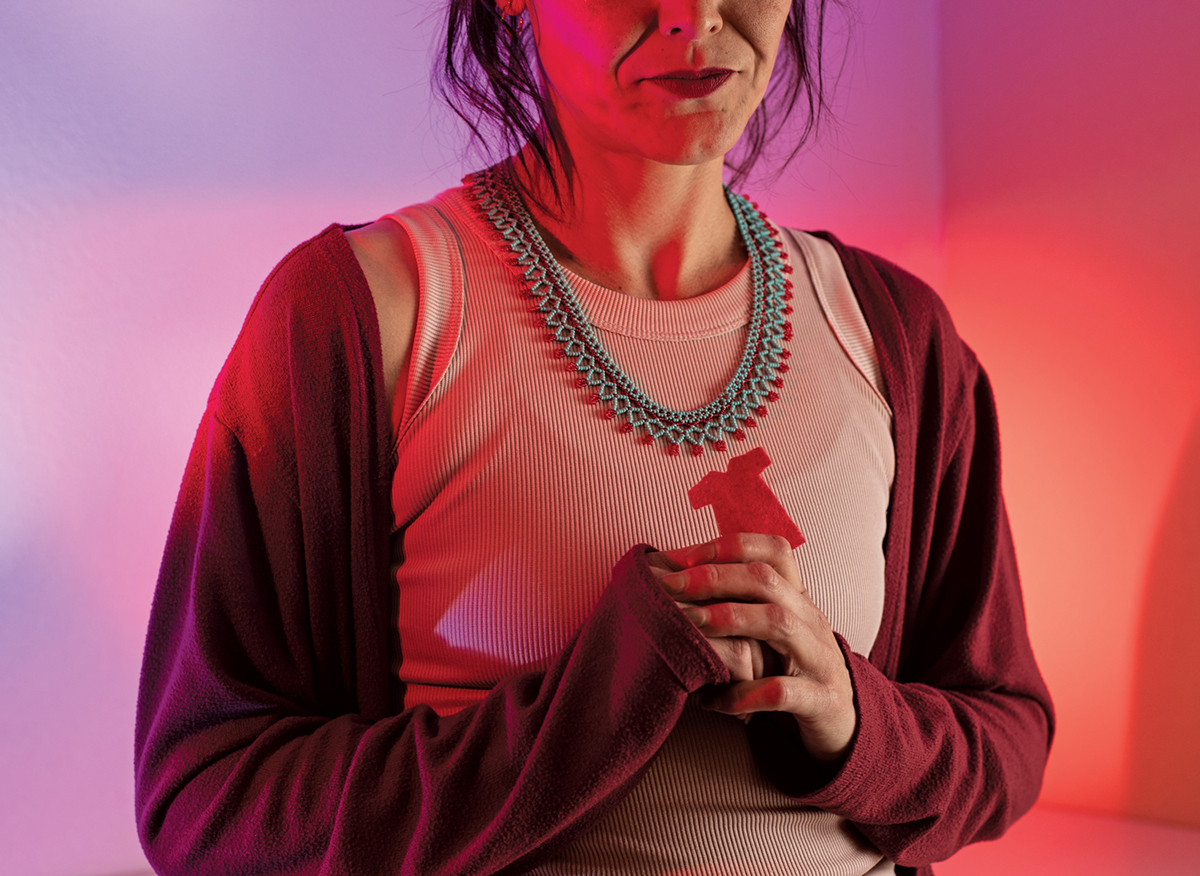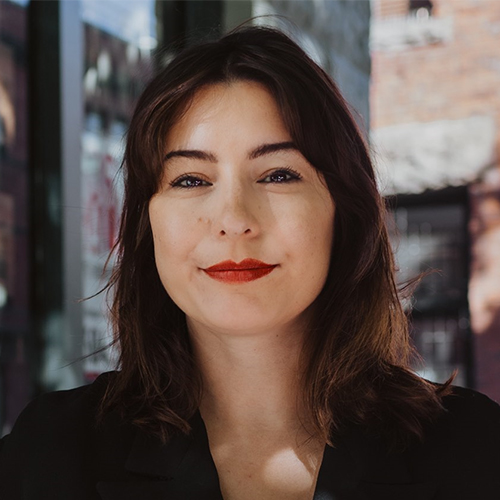
Missing or Murdered – and Dismissed
U of T Mississauga researchers examine the barriers family and friends face – often from police – when searching for Indigenous women and girls Read More
Chelsea 1 had kept in touch with her childhood best friend, Rachelle, throughout the years. It hadn’t been easy. Rachelle (not her real name) struggled with addictions and had been living out of her vehicle, jumping from one small remote northern community to another.
One day, Chelsea read on Rachelle’s Facebook page that she had suffered an overdose. Worried, she tried contacting her friend – an Inuit carver by trade. There was no response. Deep down, she knew something was wrong. She filed a police report.
Chelsea waited. She cried. But she didn’t hear back from police. She made another call. The investigator, who she says was the only person to show her empathy, was off work. She was told another would be in contact. Chelsea called women’s shelters, treatment centres, warming stations, food kitchens – anywhere she thought Rachelle might turn up. It was a difficult time for Chelsea, who is also Indigenous. Investigating her friend’s disappearance took a toll on her mental health. Unbeknownst to her, Rachelle had already been pronounced dead in a hotel room in the downtown eastside of Vancouver.
Chelsea’s interactions with police are far from uncommon when Indigenous women and girls are reported missing. It is experiences like hers that were captured by U of T Mississauga PhD candidate Andrea Román Alfaro, whose recent research shows the systemic nature of how police deal with missing Indigenous women and girls.
She and her co-author, sociology professor Jerry Flores, launched a study, drawing on 48 in-depth interviews with Indigenous people in Canadian cities to identify patterns in police behaviour after a disappearance is reported. They also gathered information from the 219 testimonies found within the Canadian National Inquiry into Missing and Murdered Indigenous Women and Girls report that outlines the need for safety and security from predators, but also from the police. 2
What they discovered was that police employed similar storylines and framing of events to make sense of, dismiss and justify violence against Indigenous peoples, particularly Indigenous women. Given these findings, Román Alfaro and Flores argue that these actions and inactions are an expression of conscious and unconscious bias at a most basic level towards Indigenous women and girls.
“Research has shown that the police frequently rationalize [these] cases by arguing that Indigenous women’s experiences of violence are a result of their risky life choices. Police describe Indigenous women (particularly those who live in urban areas) as ‘prostitutes,’ ‘drug addicts,’ and ‘drunks,’” explains Román Alfaro in a journal article published earlier this year.
The assumption made by the police, explains Román Alfaro, is that the women will turn up eventually, or police use the excuse that the women don’t want to be found. The study debunks a myth that it’s just a few bad apples in the police force, she says.

Families and friends, like Chelsea, often must pick up the pieces when police dismiss violence against Indigenous women. The dispatcher asked Chelsea why she was calling and not the family, implying that she, a friend, didn’t matter or didn’t have the right to call. That made Chelsea feel angry, wondering what did it matter? “She’s Indigenous,” Chelsea recalls telling the dispatcher, “Do you know how much more likely it is for her to go missing? Do you know how serious this is? We can’t just not look for her.”
When the investigators returned, they told Chelsea that her friend had been discovered dead. Chelsea soon realized the officers had informed the wrong parents that their daughter had died. She told the officers of their mistake, and couldn’t help but wonder if police would have handled the case differently if Rachelle had been a white woman.
Román Alfaro’s hope is that her study’s recommendations are taken up by both researchers and decision-makers. “The Canadian police are not a haven for Indigenous women, girls, and 2SLGBTQQIA people. On the contrary, they continue to perpetuate violence against them,” Román Alfaro and Flores conclude. They believe that investing in alternatives to what they call settler policing, security and criminal justice is fundamental for reconciliation. Abolishing settler policing, they say, is the main way to address centuries of colonial violence.
If the police aren’t going to do the work of searching for missing and murdered Indigenous women and girls, then an independent, Indigenous-led investigative unit tasked solely for that purpose should be funded to do the work, they say. “The police in Canada, particularly the RCMP, were created in order to control Indigenous peoples. The institutions cannot be reformed or changed when they have been created to do what they’re doing.”





